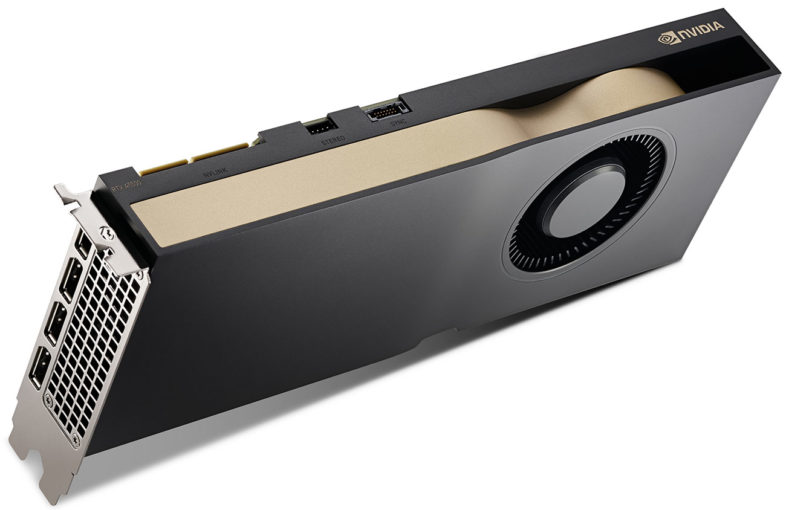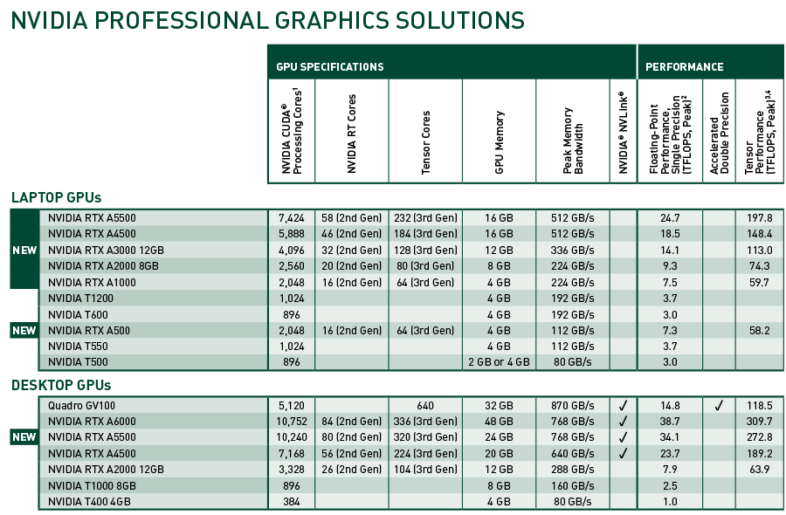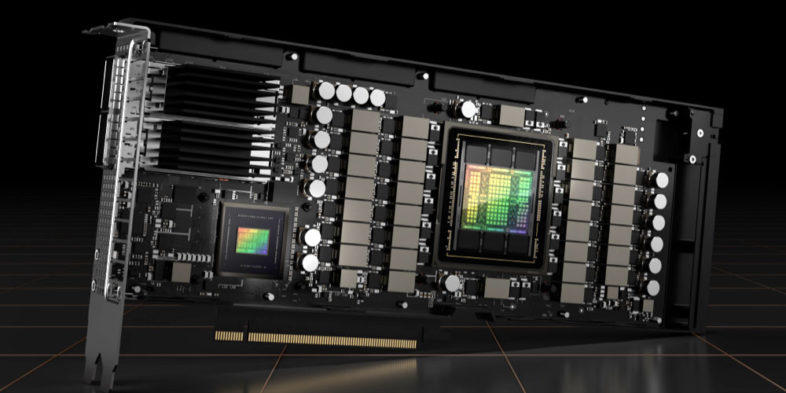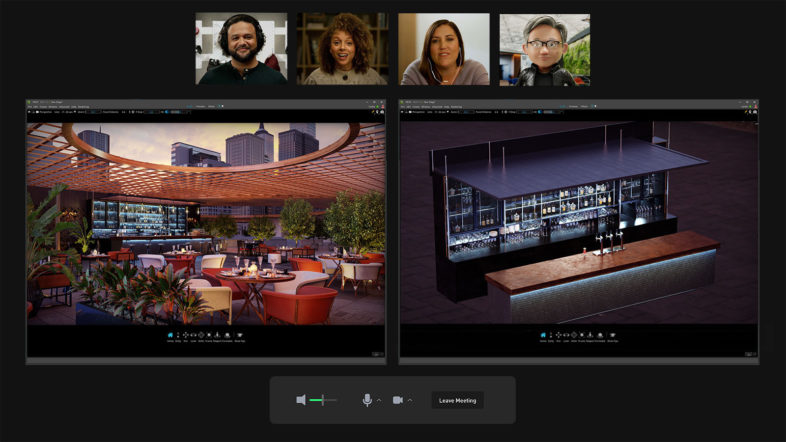NVidia is hosting GTC 2022 this week, which is mostly focused on supercomputing and AI uses for their graphics processors, but there a few announcements that are relevant to content creators as well. Indirectly, the new generation of H100 “Hopper” GPUs in NVidia’s new DGX supercomputers give us a look at what may be coming to the next generation of graphics cards later this year. And the upcoming Grace CPUs may someday bring ARM processors to powerful PCs, the way that M1 chips are bringing ARM architecture to Mac systems. I don’t know for sure if “Hopper” is going to be limited to supercomputing uses, like Volta was, or will become the basis for the next generation of graphics cards. But with 60 TeraFLOPS of processing power, it could eventually support GPUs with 50% more performance than the current A6000. And with a peak 700W TDP in its current SXM form factor, we see why higher wattage power connectors are coming to market in preparation.

But that is speculation about the future. In the here and now, NVidia is releasing a new A5500 professional GPU, residing between the A6000 and A5000 in the current lineup. This new permutation is still based on their Ampere generation architecture, but is supposed to help with availability, presumably from both a binning perspective and a supply chain perspective, as it is built with slightly different parts than the existing cards. Any approach to bring more GPUs to market is probably a welcome change from the ongoing shortages.


With even broader potential user application, there are a number of new Ampere based mobile GPUs, for professional workstation class laptop systems. In a confusing move I do not approve of, the top end mobile A5500 is actually closer to the desktop A4500, while the mobile A4500 is in reality below the desktop A4000. And the A2000 is not as powerful as it’s desktop equivalent, but should exceed the previous Quadro RTX 4000 in most respects. There are not desktop equivalents to the new mobile A500, A1000, A3000, but it is good to see relatively powerful GPUs being developed, that still scale down to fit into smaller lighter laptops that I would prefer to carry with me, while still having the power to do the work I need.

NVidia also announced a number of new networking switches and interface cards from the Mellanox side of the company, all based on 400Gbps networking, via Ethernet or Infiniband. The NICs integrate the new Hopper GPU, but my understanding is that the NIC accelerates the GPU’s access to data, the GPU doesn’t accelerate the network processing rate.

On the software front, their Omniverse effort continues to mature, with local installs that run on RTX hardware, as well as cloud based rendering available via the GeForceNow service, for non RTX hardware, like cell phones and iPads. There are many more application integrations available, and NVidia appears to be developing some of their own 3D review and collaboration tools to tap into Omniverse’s power as well.

Much of Omniverse’s AI and visualization rendering can now be accelerated on new OVX servers directly from NVidia, with 8 A40 GPUs, which becomes more important as 3D models become more complex with new sensor types and full digital twins of various complex process in the real world. These are still based on the existing Ampere architecture first released two years ago, but it apparently still has a lot of life left in it.

Their Maxine communication framework allows live conversational translation between different languages, and modifies the visual feed for lip-sync and eye contact. And there are a plethora of other advancements in AI, robotics, driving, healthcare, and other research.

GTC is a free online event that anyone can register for, with many different sessions available to watch, covering a huge variety of GPU based processing topics. The main NVidia announcements are contained within the keynote, which is available to view here, no registration required.

